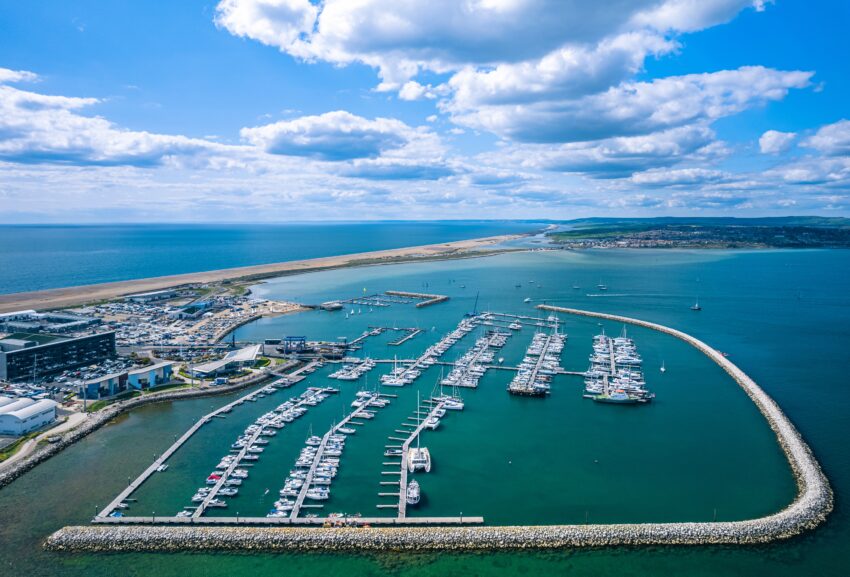Vast salt caverns designed for hydrogen storage are set to be excavated beneath Britain’s largest former naval base, Portland Harbour in Dorset, as part of a strategic plan to bolster the country’s energy security.
The project involves creating 19 caverns, each the size of St Paul’s Cathedral, which will store enough hydrogen to fuel a power station for several days. This hydrogen reserve will be crucial for emergency use, providing energy when renewable sources like wind and solar are insufficient.
Claire Coutinho, the Energy Secretary, has endorsed the scheme and adjusted the Government’s hydrogen storage business policy to secure taxpayer subsidies for the project. UK Oil and Gas (UKOG), the company spearheading the initiative, aims to seek planning permission within months.
Stephen Sanderson, CEO of UKOG, plans to file the application under the Government’s nationally significant infrastructure system, which would allow the project to bypass potential local opposition. “Portland Port is ideally situated for the construction of large salt caverns as it overlies a 450-metre thick, high-quality rock salt,” said Sanderson.
Sanderson has held meetings with key figures from the Department for Energy Security and Net Zero, including Secretary of State Claire Coutinho, Lord Callanan, Minister for Energy Efficiency and Green Finance, and Graham Stuart, Minister for Energy Security and Net Zero.
Portland Harbour, located in Weymouth Bay on England’s south coast, has a rich history as a naval base dating back to the 16th century under Henry VIII. It became one of the Royal Navy’s largest bases until its closure in 1995 and now serves as a significant harbour and training centre for the UK’s Olympic sailing teams.
The harbour’s new role in hydrogen storage relies on a substantial layer of halite or rock salt found two miles beneath the surface, buried for at least 200 million years. This rock’s stability and solubility make it ideal for creating the storage caverns.
Matt Cartwright, UKOG’s commercial director, explained that the caverns would be formed by drilling wells into the salt and injecting fresh water to dissolve the rock. The project will be managed by UK Energy Storage, a wholly-owned subsidiary of UKOG.
Each cavern will measure 85 metres in diameter and 90 metres high, with a capacity of 320,000 cubic metres—twice the volume of St Paul’s Cathedral.
UKOG is transitioning from its controversial involvement in onshore oil and gas developments in southern England to a future focused on renewable energy. Despite its ongoing court battles over oil and gas fields in the Weald and Purbeck areas, the company won the right to drill in the Loxley gas field near Horsham, Surrey, with production expected to start next year.
A UKOG spokesperson emphasized the company’s strategic shift, stating, “We are moving away from oil and gas and see a much bigger future in renewable energy.”
This ambitious hydrogen storage project marks a significant step towards ensuring the UK’s energy resilience, particularly as the nation transitions to more sustainable energy sources.

